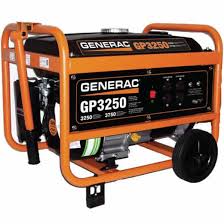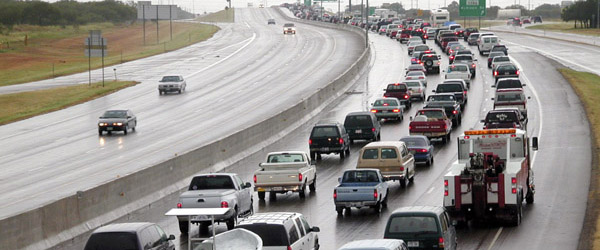Author Archive

Important Note: Many portable power generators pose a serious health hazard because they emit carbon monoxide which is a odorless, tasteless gas that kills hundreds of people each year. Never operate a generator indoors, in a garage, basement, or within 15 feet of your home. From the Consumer Products Safety Commission: Portable Generators Never…

Evacuating Yourself and Your Family Prepare now in the event of an evacuation. Evacuations are more common than many people realize. Fires and floods cause evacuations most frequently across the U.S. and almost every year, people along coastlines evacuate as hurricanes approach. In addition, hundreds of times a year, transportation and industrial accidents release…

Admittedly, taking shelter in a vehicle may be an uncomfortable experience, particularly in very hot or very cold weather. Still, such discomfort is safer than possibly exposing yourself to chemical or radiological contaminants in the outside air. Having a portable disaster supplies kit in your vehicle could make the experience less unpleasant. The…

The appropriate steps depend on the emergency situation. If you hear a warning signal, listen to local radio or television stations for further information. You will be told what to do, including where to find the nearest shelter if you are away from your “shelter-in-place” location. Check with your workplace to learn their…

The appropriate steps depend on the emergency situation. If you hear a warning signal, listen to local radio or television stations for further information. You will be told what to do, including where to find the nearest shelter if you are away from your “shelter-in-place” location. Check with the school or day-care center…

The appropriate steps depend on the emergency situation. If you hear a warning signal, listen to local radio or television stations for further information. You will be told what to do, including where to find the nearest shelter if you are away from your “shelter-in-place” location. If you are told to “shelter-in-place,” act quickly….

What is Shelter In Place? “Shelter-in-place” means to take immediate shelter where you are—at home, work, school, or in between. It may also mean “seal the room;” in other words, take steps to prevent outside air from coming in. This is because local authorities may instruct you to “shelter-in-place” if chemical or radiological contaminants…

A long-term food storage plan can help you in a variety of unexpected situations. Your family could face unemployment, long-term illness, a natural disaster or any of a number of personal or general emergencies that could prevent you from obtaining food from regular normal sources. It is prudent to have sufficient food supplies to…

A Short-term Food Supply Can Become A Lifeline In An Emergency Consider the following things when putting together your emergency food supplies: Store at least a three-day supply of non-perishable food. Consider storing sufficient food to last you for a more extended amount of time. Start with a goal to have 3-day supply. Then increase…

Fog, particularly when dense, can be hazardous to drivers, mariners and aviators. Fog contributes to numerous travel accidents every year. Restrictions in visibility resulting from fog can also impact takeoff and landing procedures and requirements for pilots, and can be the cause of weather-related aviation delays. This website offers information on the hazards…
